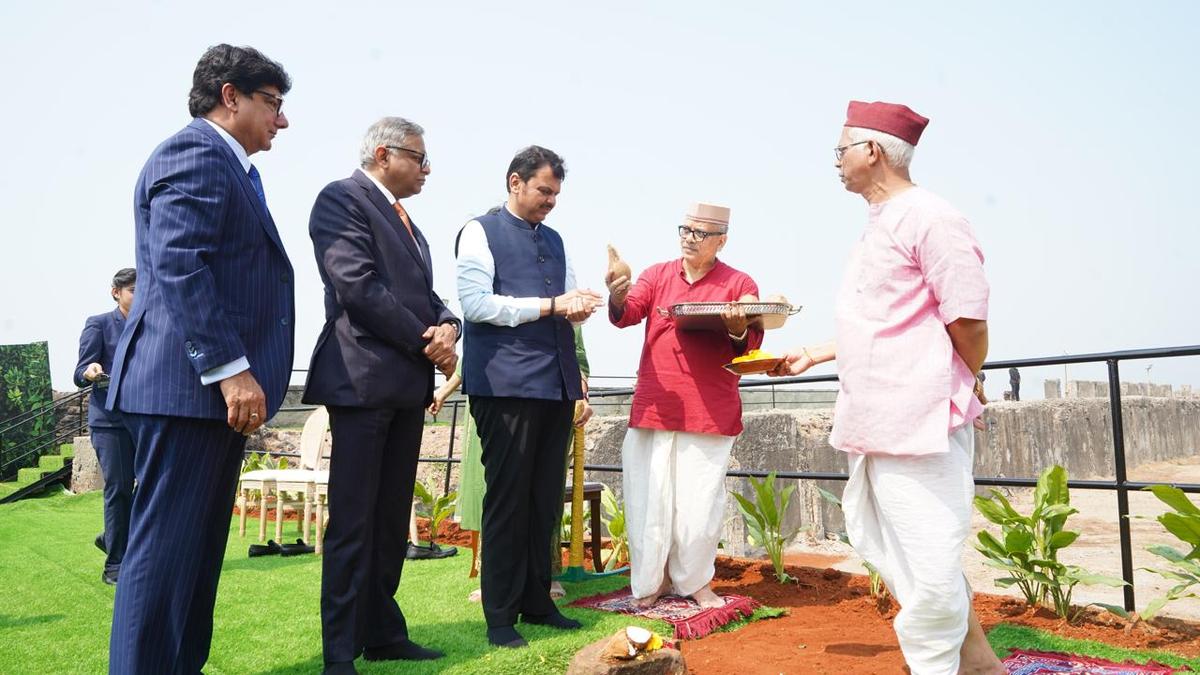
After 17 years of wait, IHCL unveils Taj Bandstand, plans to make it a landmark
The Hindu
IHCL unveils Taj Bandstand luxury hotel project in Mumbai after 17 years, set to be iconic landmark.
Indian Hotels Company Ltd (IHCL), on Monday unveiled the much delayed Taj Bandstand luxury hotel project, which is expected to be a new landmark for the city of Mumbai, top executives said.
This project will come up where The Sea Rock Hotel once existed at Lands End, Bandstand in Bandra West. The Taj Lands End is across the road. After acquiring the property, IHCL had completely demolished it in 2008 to build a new hotel and a convention centre.
However, environmentalists had moved various courts to challenge its construction.
Finally after 17 years, the company was able to get the required approvals and the Bhoomi Pujan was conducted on Monday in the presence of Maharashtra Chief Minister Devendra Fadnavis and Tata Sons Chairman N. Chandrasekaran.
“This project has been a dream project for the Tata Group and for Ratan Tata in particular. He would often ask about this project and how it would look. He was very very keen on this project,” Mr. Chandrasekaran said.
“This project had gone through its ups and down and due to collective relentless efforts by the group and IHCL, it is now going to be a possibility. This is a special project as it is going to be another system for Mumbai,” he added.
Puneet Chhatwal, Managing Director & Chief Executive Officer, IHCL, said, “IHCL opened its first hotel – The Taj Mahal Palace, in Bombay in 1903 and has for over a century woven itself into the cultural fabric of the city. Taj Bandstand, a testament to this legacy will be the torchbearer of the iconic brand Taj for the next century.”













